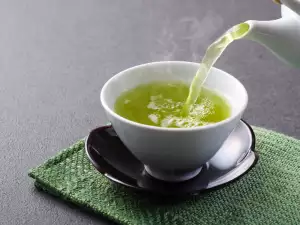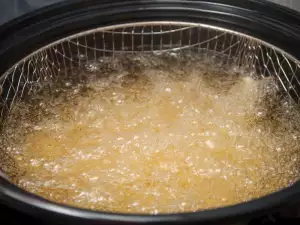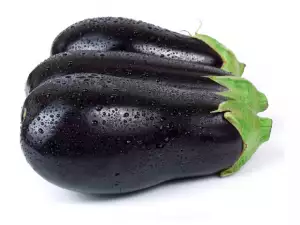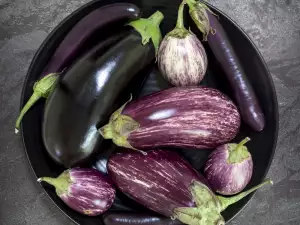To fry eggplant, and for any other heat treatment, we must first remove its bitterness. It is also important to know exactly which part of the eggplant we can fry or cook in another way.
- When frying eggplant, it is best not to peel it, otherwise it will fall apart.
- When you cut the eggplant, the inside should be cream or pale in color and not have any spots on it. If there are dark or bruised spots on the eggplant, they must be removed, because they have an unpleasant and bitter taste;
- Many people ask themselves the question - whether the eggplant should be salted before any heat treatment, including before frying. This is a controversial issue, because salting before cooking can cause some consequences. One of these consequences is that the salt "attracts" and "sucks" all the juices from the eggplant that are bitter. The salt also "sets", gives a density, which prevents much fat from being absorbed by the eggplant while it is frying. There are varieties that do not contain very bitter juices and do not need to be salted before frying.
- If you still decide to put salt on the eggplant before frying, it is best to cut it in the shape in which you will fry it and then salt it. It is best to use sea salt. The sliced eggplant is then placed in a colander and allowed to drain of excess water for at least an hour, maybe longer. Before frying it, you need to wash it and remove the salt that remains. After you have washed it, put it between two layers of kitchen paper or napkins and dry it.
- The temperature of the fat in which you will fry the eggplant should not be too high so that it does not burn. You can roll it in flour, or you can just fry it like that. When serving, fried eggplant is served with dill and garlic.
Of course, there are many variations of this type of dish. For example fried eggplant with minced meat or fried eggplant with breadcrumbs. The fried eggplant with tomatoes is also a classic.



















Comments